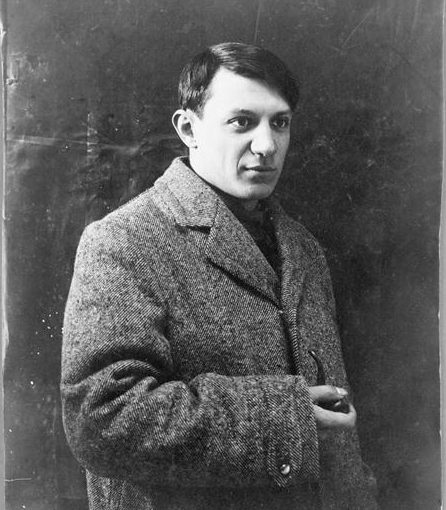Helping students engage by using a personal approach
Instead of providing the information immediately, a considerable amount of time is spent on developing questions about the photo.
A photo of a person relevant to the topic being studied is carefully scrutinised. The photo does not give away too much – more details may be revealed when discussion is already in progress. Students are asked to think of three good questions that will provide a sufficient amount of information useful for the topic.
When studying crime and punishment, a photo of a child is produced. Nobody is aware of the fact that this is a 12 year old prisoner in England in 1873. Students are asked to think of three good questions about this boy. Their questions are discussed and gradually, the true identity of the boy is revealed. Students’ interest is caught immediately by the power of being able to literally look the boy in the eye and consider the fact that a child could face such a punishment at the time.
Acknowledgements: Jamie Byrom and Michael Riley, The National Archives (.pdf).
Image: Portrait photograph of Pablo Picasso, 1908 (Photo (C) RMN-Grand Palais).

One response to “Questioning a photograph”
[…] Questioning a photograph […]